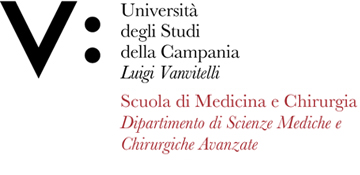Nadia MIRAGLIA
Insegnamento di OCCUPATIONAL MEDECINE
Corso di laurea in NURSING (INFERMIERISTICA IN LINGUA INGLESE)
SSD: MED/44
CFU: 1,00
ORE PER UNITÀ DIDATTICA: 15,00
Periodo di Erogazione: Primo Semestre
Italiano
| Lingua di insegnamento | Inglese |
English
| Teaching language | English |
| Contents | Tools and aims of occupational medicine |
| Textbook and course materials | CURRENT Diagnosis & Treatment. Occupational & Environmental Medicine. Joseph Ladau, Robert Harrison. McGraw Hill Education, Lange, USA. 5th Edition, 2015 |
| Course objectives | At the end of the course the student will know the main prevention strategies and the measures to safeguard the health and safety of workers exposed to various occupational risk agents, with particular regard to the specific occupational risks to which the students are / will likely be exposed during their working activity. |
| Prerequisites | None |
| Teaching methods | Classroom taught lessons |
| Evaluation methods | Oral exam. EXAMINATION CRITERIA: passing the exam includes the knowledge of the basic concepts: risk and occupational risk agents; health surveillance |
| Course Syllabus | OCCUPATIONAL MEDICINE: AIMS AND TOOLS |








